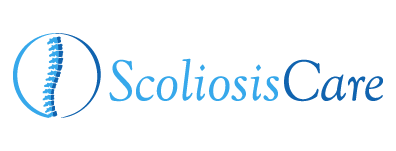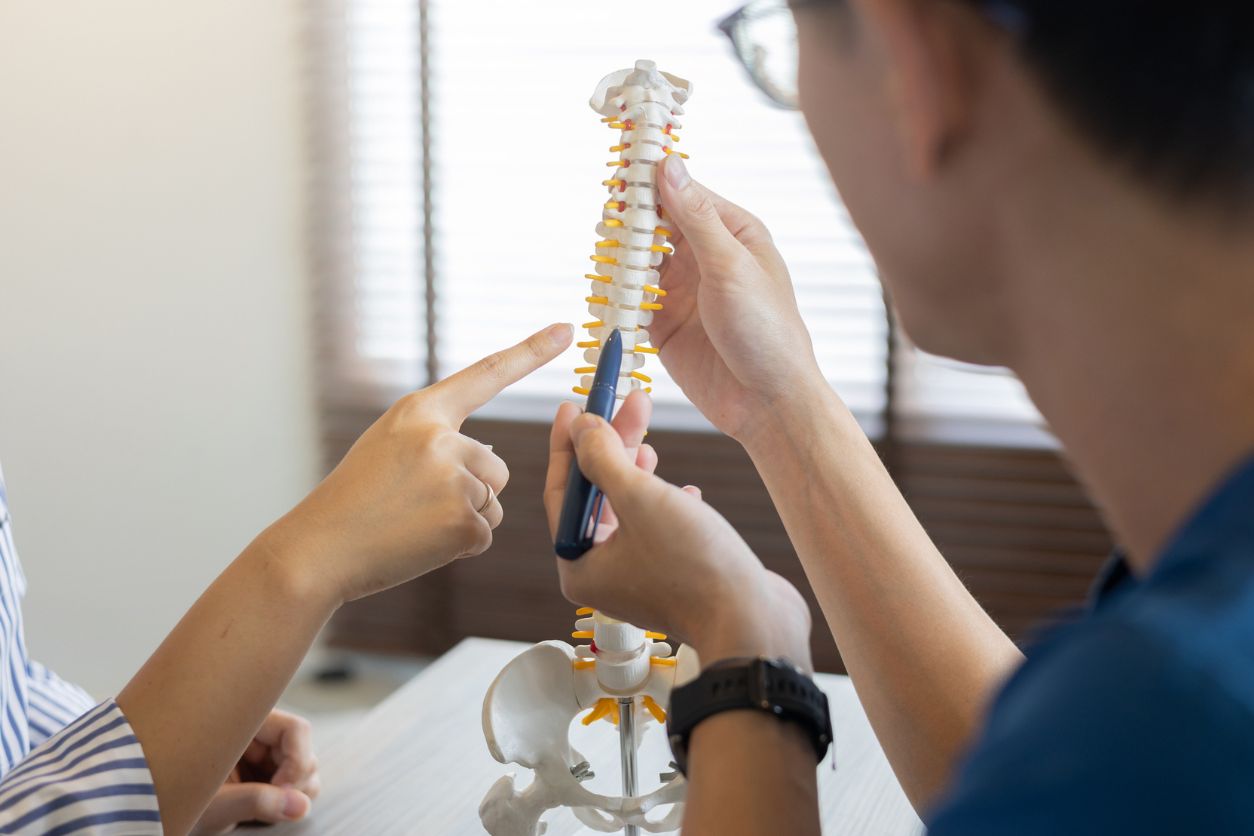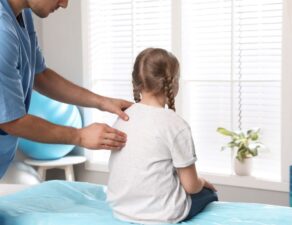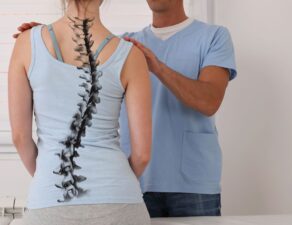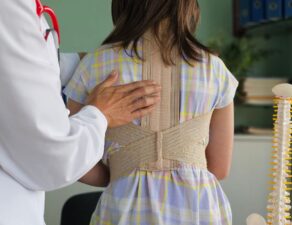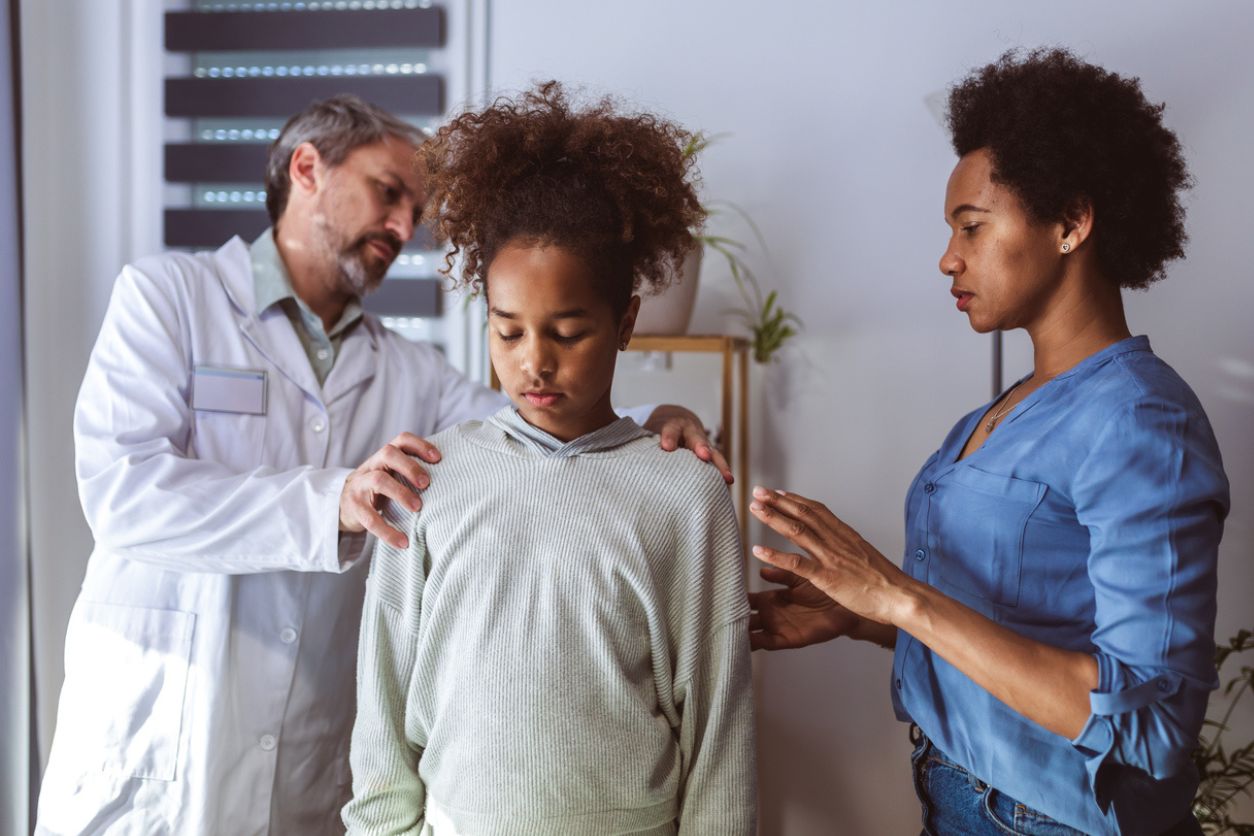
Scoliosis is a condition that affects millions of children and adults worldwide, often raising questions and concerns about its cause. Whether you’re the parent of a child recently diagnosed with scoliosis or an adult managing the condition, understanding what causes scoliosis is an essential step in navigating treatment options and finding the best care.
At Scoliosis Care, led by orthopedic surgeon Dr. David Siambanes, we’re here to provide answers and compassionate guidance every step of the way.
What is Scoliosis?
Scoliosis is characterized by an abnormal lateral curvature of the spine. In most cases, the curve appears as an “S” or “C” shape when viewed on an X-ray. While scoliosis is often diagnosed during adolescence, it can develop at any age and vary in severity. For some, it may be mild and require minimal intervention, while others may need more comprehensive care, including surgery.
The Different Types of Scoliosis and Their Causes
To understand what causes scoliosis, it’s important to explore its different types. Each type has unique causes and characteristics.
Idiopathic Scoliosis
What It Is: Idiopathic scoliosis is the most common form of scoliosis, accounting for about 80% of cases. “Idiopathic” means that the cause is unknown.
Who It Affects: Most often diagnosed in adolescents during growth spurts, it’s also seen in children and, less commonly, adults.
What We Know: While the exact cause remains unclear, research suggests a combination of genetic and environmental factors may play a role. There’s often a family history of scoliosis, though not in every case.
Congenital Scoliosis
What It Is: Congenital scoliosis occurs when the spine doesn’t form properly before birth.
Who It Affects: This type of scoliosis is present at birth and can often be detected early through routine pediatric check-ups.
What Causes It: Congenital scoliosis develops due to vertebral anomalies, such as missing or improperly formed vertebrae. These abnormalities occur during fetal development.
Neuromuscular Scoliosis
What It Is: Neuromuscular scoliosis is associated with conditions that affect the nerves and muscles, such as cerebral palsy, muscular dystrophy, or spinal muscular atrophy.
Who It Affects: Both children and adults with underlying neuromuscular disorders can develop this form of scoliosis.
What Causes It: The weakened or imbalanced muscles supporting the spine can lead to curvature over time.
Degenerative Scoliosis
What It Is: Degenerative scoliosis, sometimes called “adult-onset scoliosis,” occurs as a result of age-related wear and tear on the spine.
Who It Affects: Adults over the age of 50 are most commonly affected.
What Causes It: Factors such as arthritis, osteoporosis, or degenerative disc disease can lead to spinal instability and curvature.
Secondary Scoliosis
What It Is: Secondary scoliosis is caused by another condition, such as a spinal injury, infection, or tumor.
Who It Affects: This type can affect individuals of any age, depending on the underlying cause.
What Causes It: Trauma, surgical complications, or medical conditions impacting the spine can lead to secondary scoliosis.
Factors That May Contribute to Scoliosis
While specific causes vary depending on the type of scoliosis, several risk factors may contribute to its development or progression:
- Family History: A genetic predisposition may increase the likelihood of idiopathic scoliosis.
- Growth Spurts: Adolescents are more likely to develop scoliosis during periods of rapid growth.
- Neuromuscular Conditions: Disorders that affect muscle strength and balance can contribute to spinal curvature.
- Aging: Natural wear and tear on the spine increases the risk of degenerative scoliosis in older adults.
How Dr. Siambanes Helps Patients Understand and Treat Scoliosis
Dr. David Siambanes, founder of Scoliosis Care and director of the scoliosis center at St. Joseph’s Children’s Hospital, is a nationally recognized expert in scoliosis treatment. With years of experience treating both children and adults, Dr. Siambanes takes a personalized approach to understanding each patient’s unique condition.
Our process includes:
- Comprehensive Diagnosis: Using advanced imaging techniques, Dr. Siambanes evaluates the type and severity of scoliosis, as well as any underlying causes.
- Patient Education: Dr. Siambanes believes that informed patients make the best decisions. He takes the time to explain scoliosis causes and treatment options in a clear, accessible way.
- Tailored Treatment Plans: Whether through bracing, physical therapy, or surgical intervention, each plan is customized to the patient’s needs.
Supporting Parents and Patients Through the Journey
Learning about scoliosis can feel overwhelming, but you’re not alone. Dr. Siambanes and our team at Scoliosis Care are here to provide expert guidance and compassionate care. Whether you’re a parent worried about your child’s future or an adult seeking relief from pain and mobility issues, we’re committed to helping you achieve the best possible outcome.
When to Seek Help for Scoliosis
If you or your child has been diagnosed with scoliosis or you suspect scoliosis based on symptoms like uneven shoulders, a visible spinal curve, or persistent back pain, it’s important to seek medical advice. Early intervention can prevent further progression and improve quality of life.
Schedule a Consultation Today
At Scoliosis Care, we’re dedicated to helping patients and families understand scoliosis and find effective solutions. Contact us today to schedule a consultation with Dr. Siambanes and take the first step toward better spinal health.
